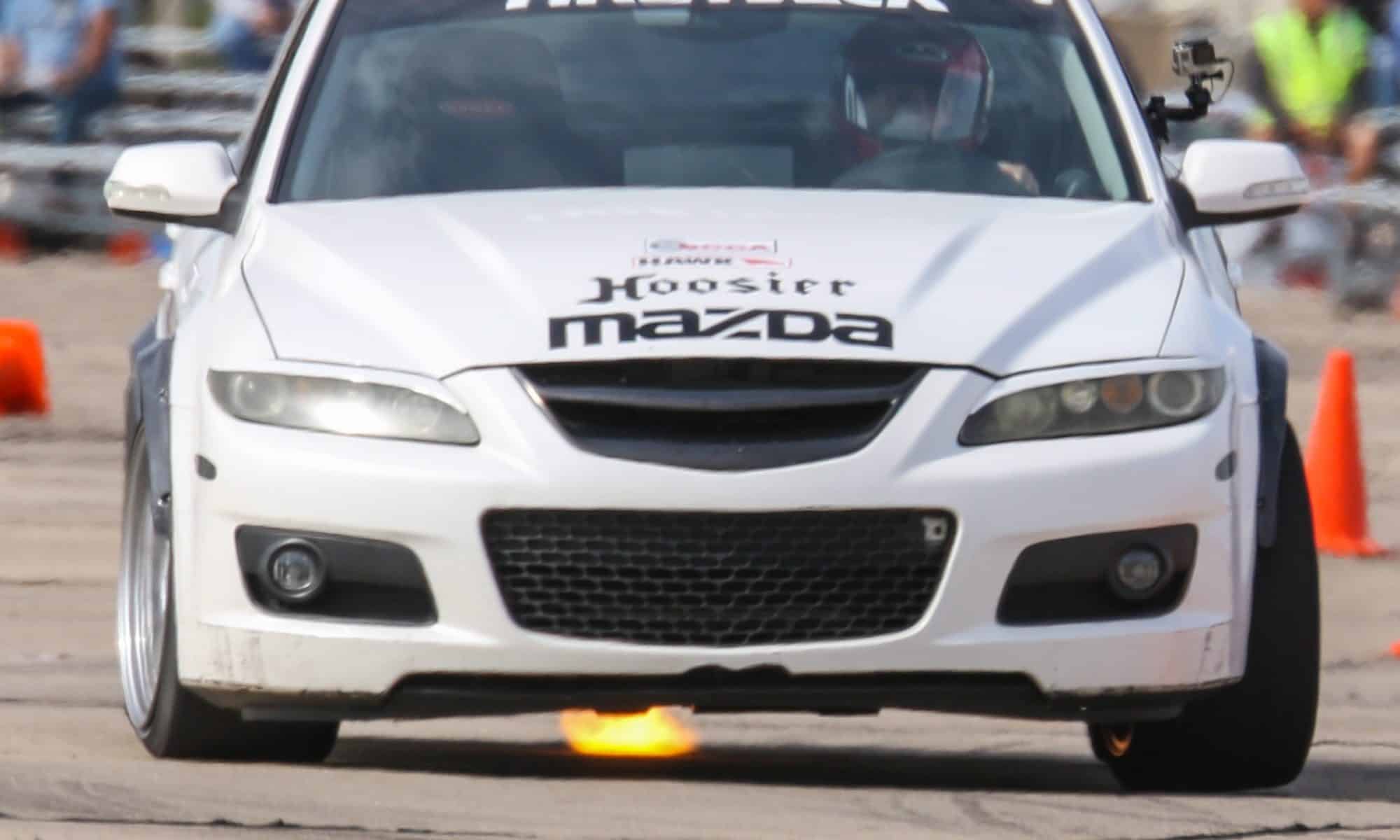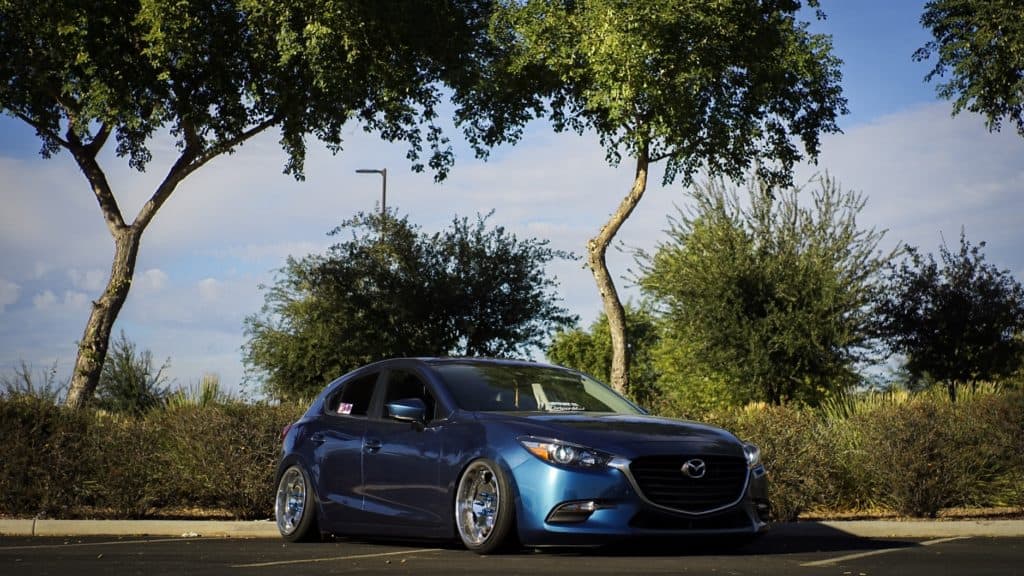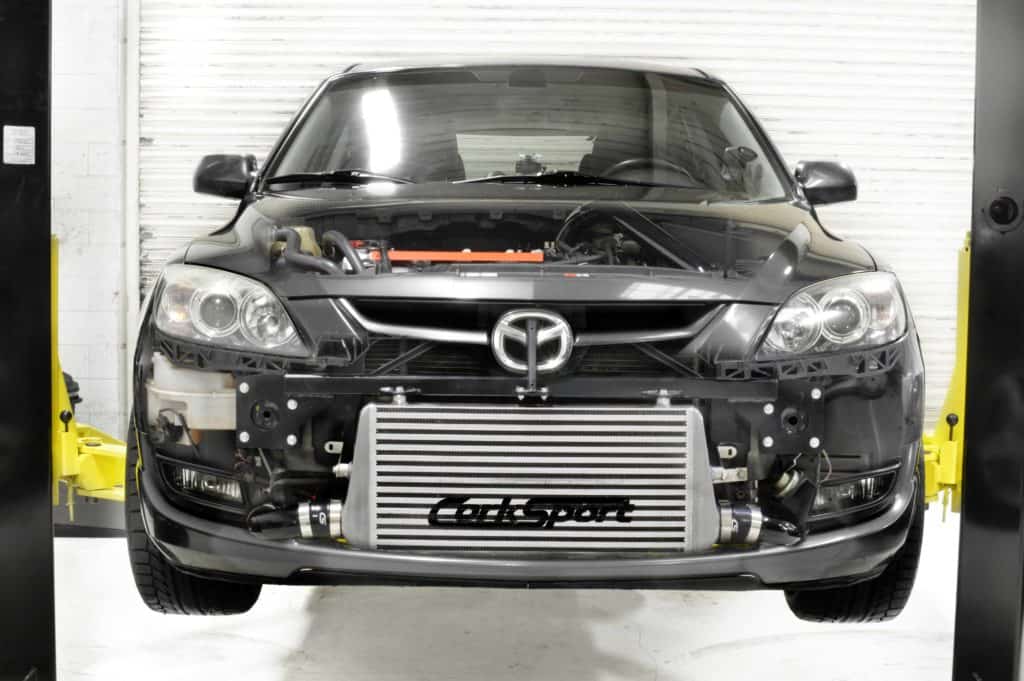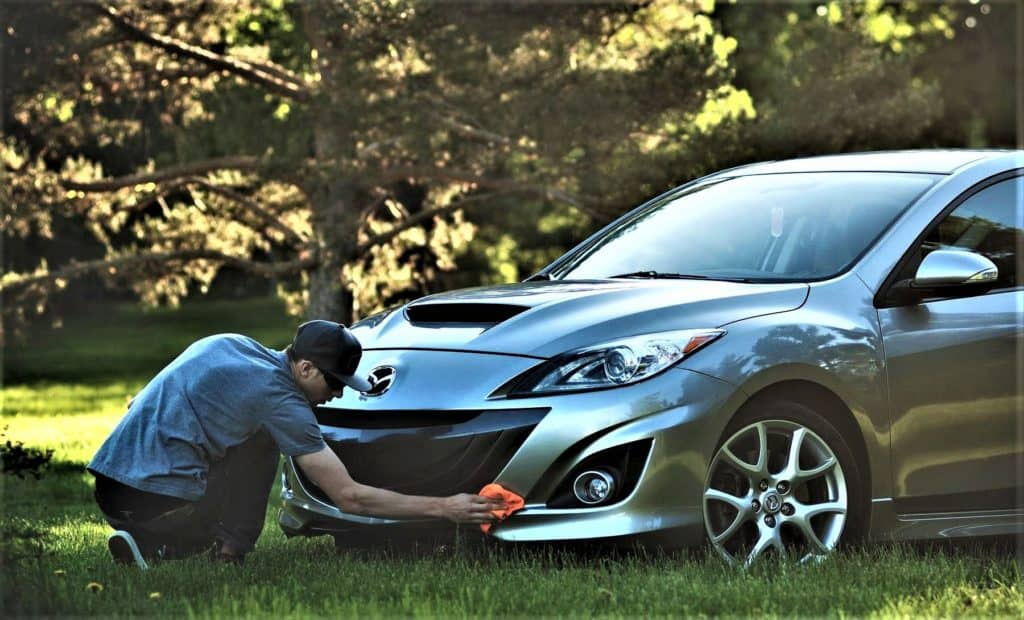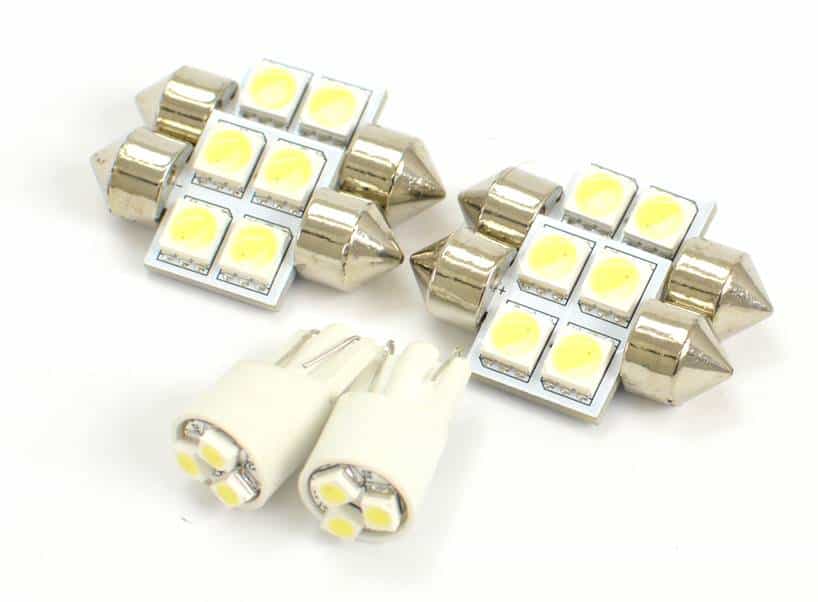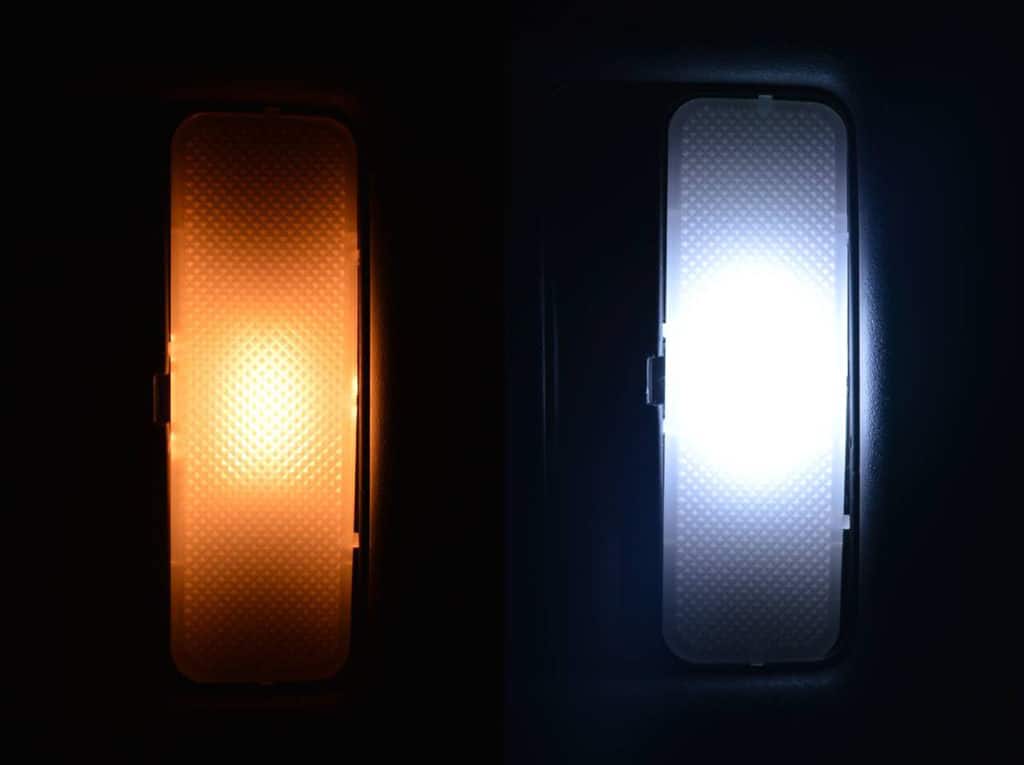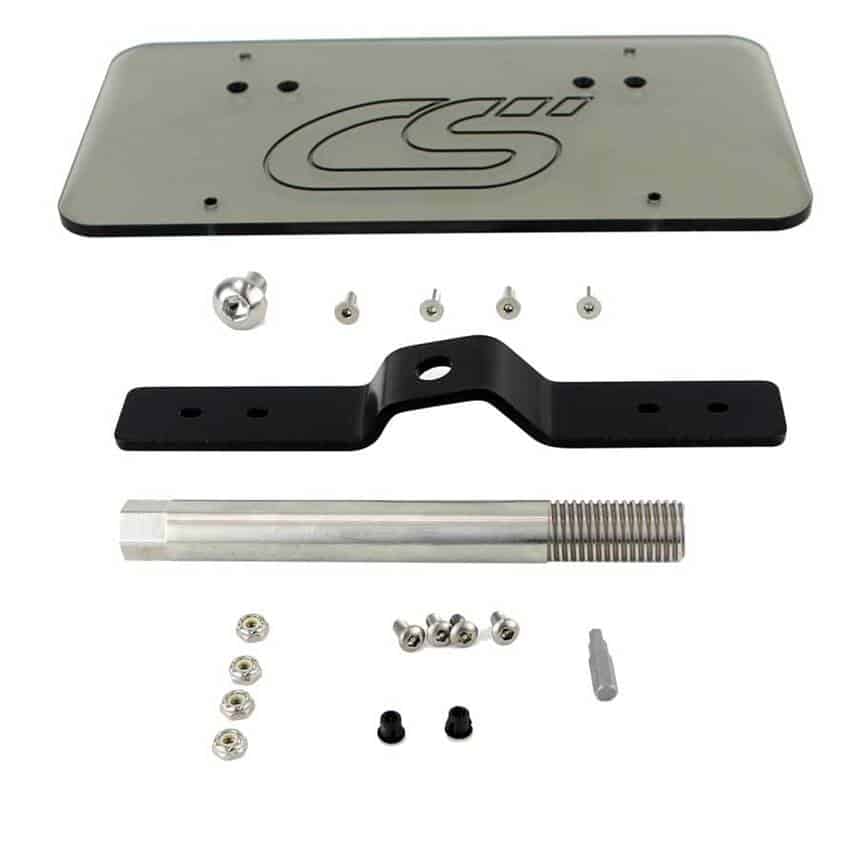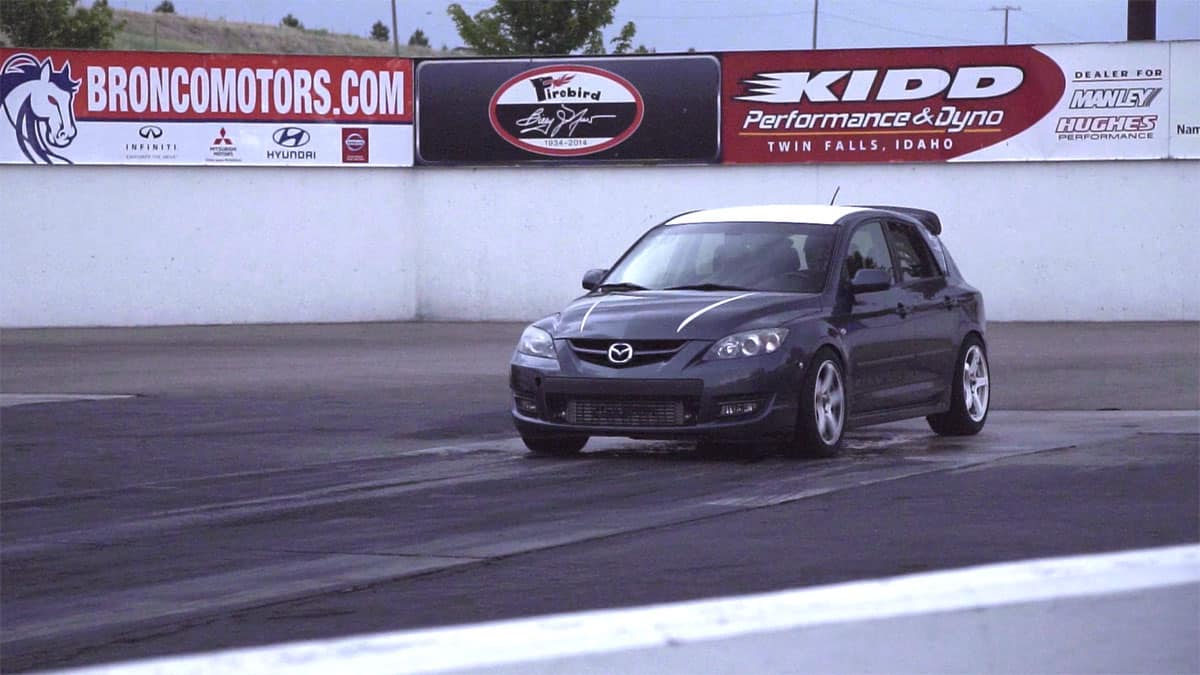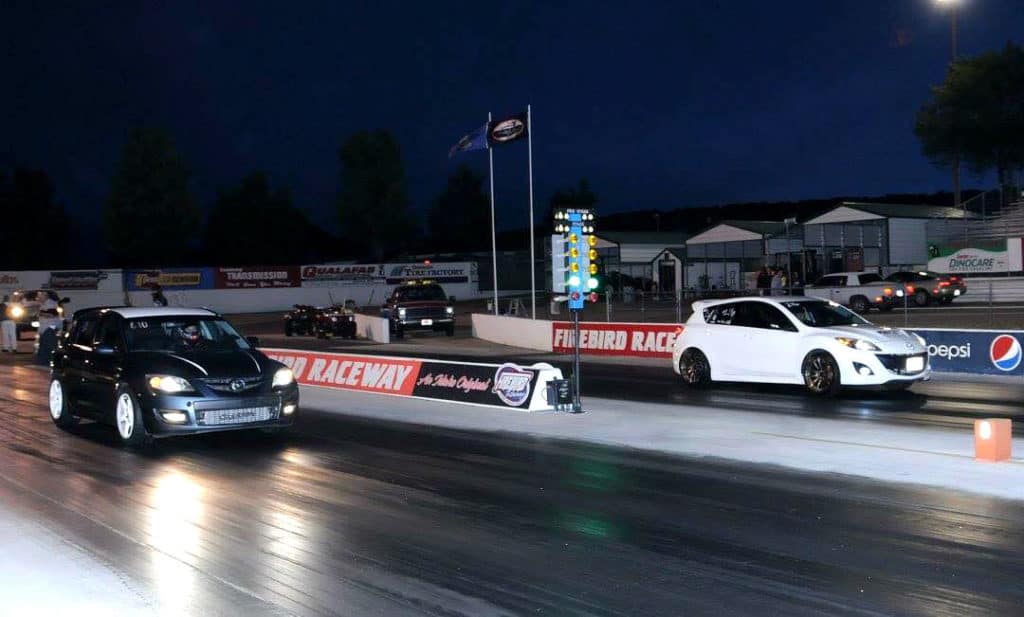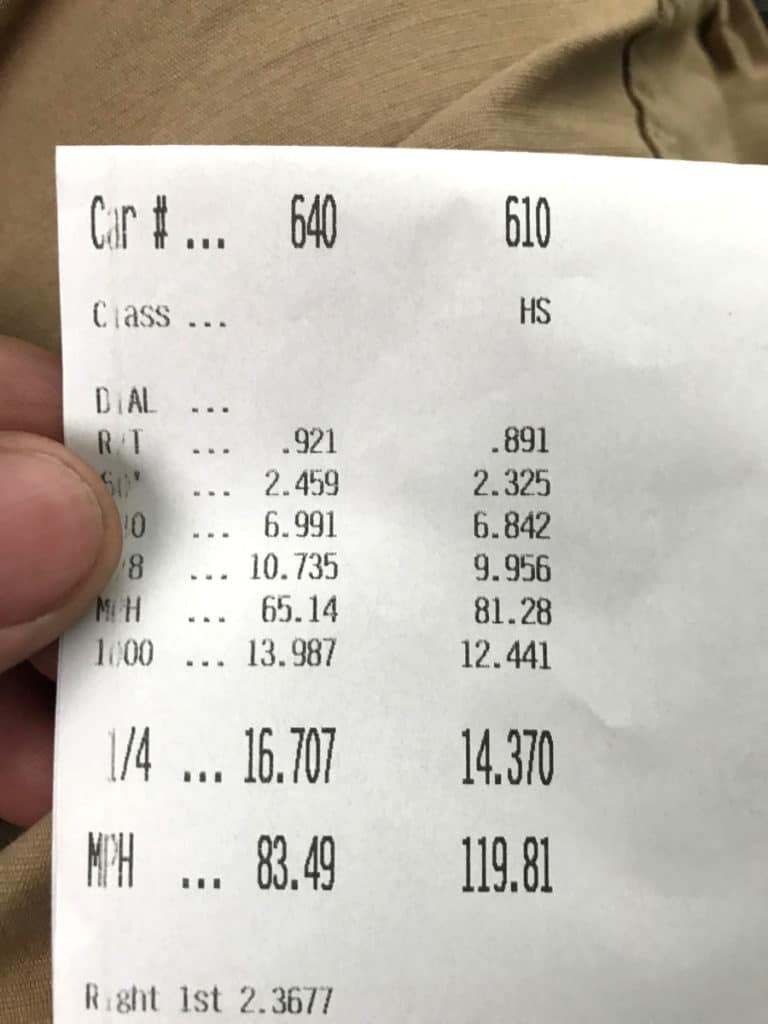I recently had the opportunity to interview one of my favorite up-and-coming racers and wanted to share with you some of her advice and story. This is just an awesome look into the winning mentality of one of SCCA’s Wendi Allen Scholarship prominent women Racers! From where she started to where she’s headed and some info in between, you’ll get a chance to hear direct from Johanna Foege in this interview.
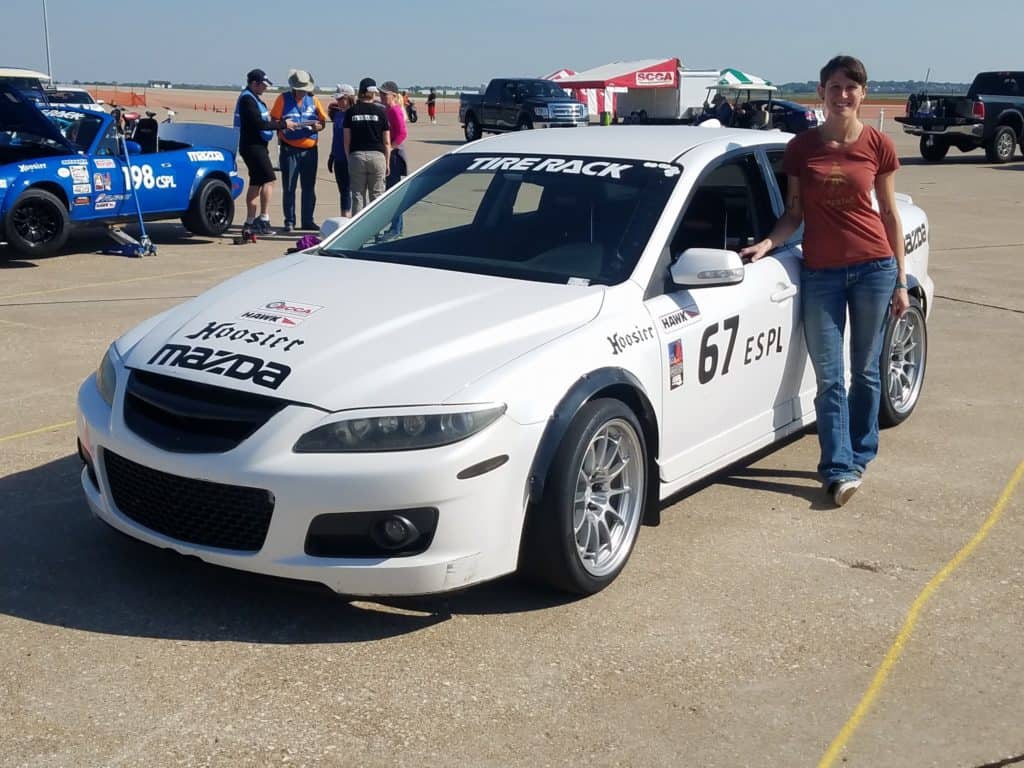
How long have you been racing? What got you started?
My brothers both got involved with auto-crossing while I was in college and were always trying to convince me to come out and race with them. It wasn’t until the end of 2011 when a friend offered me a co-drive in their Mazda3 (and a year after I purchased my first MazdaSpeed3) that I finally gave it a try.
At that first event, I ended up taking first in my novice (open) class of 7, on my first run, nonetheless! Naturally, I was immediately hooked.
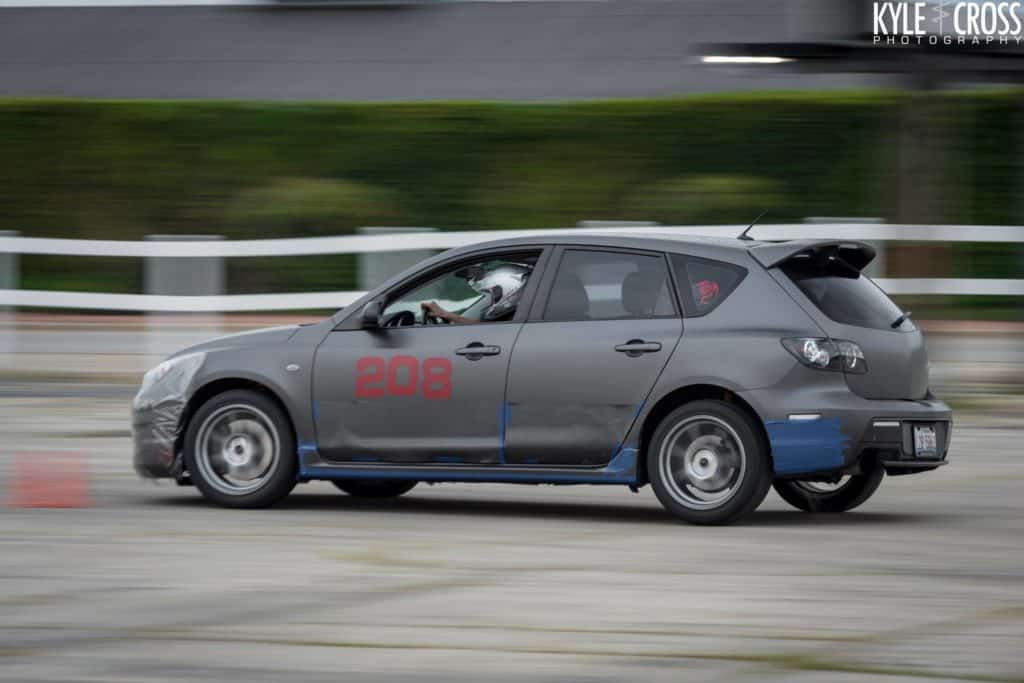
What have been the best outcomes for you since starting racing?
This year I received the SCCA Wendi Allen Scholarship. I suppose this means that I’ve made enough positive impressions on SCCA members to have been nominated for this award, which is intended for young women drivers that show promise at driving and inspiring other women. This scholarship has made a crazy year of racing possible for me, and I’m so grateful to have received the recognition and the opportunity to compete in 8 national tour events throughout 2018!

What have been your best standings thus far?
My first taste of victory was at a local event in Champaign, IL when I took the fastest run of the day (out of all the drivers), in the Mazdaspeed6 back in June 2014. I’ve only made it to one National event which was in September 2017 at Lincoln, NE, but I managed to trophy there, finishing 3rd in my class. And just last week at the Championship Tour Event in Peru, IN, I managed to finish 16th out of 275 drivers.
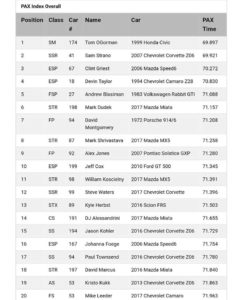
What do you believe is the best MOD for racing – if you had to pick the best one?
I think this entirely depends on your car and the kind of racing you do! For autocross, the rear sway bar has been my favorite in my Mazdaspeed3, as it helps combat the understeer, pushy front-wheel drive characteristics. My favorite mod on the Mazdaspeed6 has been the custom valved, high spring rate coilover setup since that car has relatively soft suspension and a lot of body roll from the factory.
What is your favorite MOD – other than the Driver Mod, which we know you invested in already?
If awesome tires count as a mod, definitely that! All other mods depend entirely on how much grip your tires have on the surface at any given moment. This applies to the street, too. Also, have you seen our Hoosiers?
What has been the most memorable mistake you’ve made on the track?
At 2017 SCCA SOLO Nationals, I had a KILLER run- 0.7 seconds faster than the rest of mine, and 0.5 seconds ahead of first place in my class. I’d been working on looking ahead while driving throughout the year and was doing such a good job of this that I hit a cone that was right in front of me on that run. I remember seeing it at the last second and thinking, “There’s no way I’m getting around that now!” What I didn’t know at that moment, was that cone was going to cost me first place at my first Nationals.

What is your best advice for other Drivers starting out?
Take a school, ask people for help and advice (and be receptive to it), and don’t give up! Don’t be too hard on yourself, driving skills take a long time to polish, and do come more naturally to some people. In the end, racing is really about mental preparation, confidence, and ambition composure on course.
Why do you believe women in racing is important?
I think it’s time we see a paradigm shift about the activities that women (and men) pursue. I’m all about supporting whatever healthy hobbies people find themselves interested in, and I don’t think there needs to be gender stereotypes associated with any of them. I love to see women participating in motorsports because it serves as a reminder to all that we are on the same playing field as men, and are capable of just as much. As more women enter the world of racing, I really hope it opens the door to other ladies feeling comfortable pursuing what has historically been an atypical interest. I just hear way too many women say “That’s so cool that you race, but I could never do that!” You can, and you should give it a try!!! Maybe someday, they will.
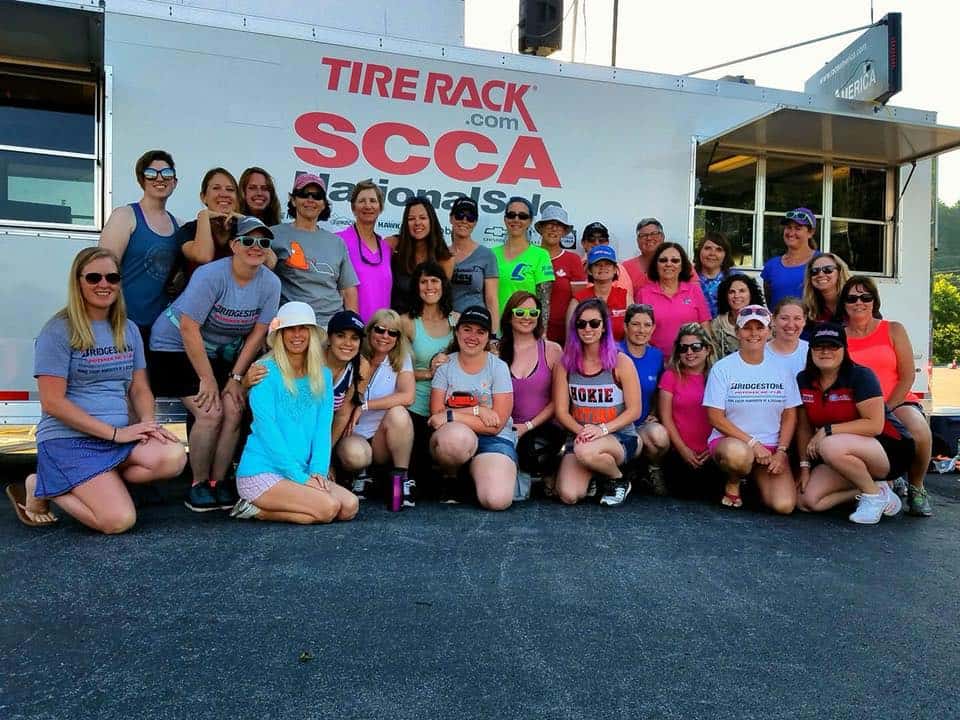
Lastly, feel free to add anything you’d like the public to know about you, your car or your racing experience!
I’ve made efforts in the Mazdaspeed (forum) community to support and encourage all members, but particularly other women, to participate in the sport of autocross. I’ve taken part in organizing four different national meets, and assured autocross was on our schedule at each one. I also made myself available to instruct at these events, and really focused on getting the women members to take part with me. I’ve gotten several of the local member’s girlfriends into the driver’s seat at autocross events as well. It has been rewarding to watch them find enjoyment from it and help them grow into better drivers, as many have found it easier to learn from a fellow woman, than their significant other, lol.

My teammate and partner of 5 years, Clint, and I live nearly 600 miles apart. He’s been my inspiration, engineer, coach, mechanic, and best friend all along, and I credit him for bringing me to where I am today, and for building us an amazingly capable and unique car. I just started a blog to keep track of our long-distance relationship racing adventures this year, as well as driving tips, goals, and my progress through each event!
Connect with us
You may also like
- Product Release! – CorkSport Adds Mazdaspeed 6 Rear Sway Bar to Product Line-Up
- How To Achieve 400 WHP In Your Mazdaspeed
- See Daniel’s “SPDBOAT” Mazdaspeed 6 Build Part 1


